UNH gets grant to fund telemedicine programs
The University of New Hampshire recently received a grant to help fund innovative telemedicine programs to ensure rural communities receive proper medical services.
The United States Department of Agriculture announced on Monday that 106 projects were selected to receive more than $34.7 million in grants. The money will fund educational projects and expand health care services through USDA Rural Utilities Services’ Distance Learning and Telemedicine Program.
“Distance learning and telemedicine is designed to bring the technology and opportunities that people in cities and suburban areas may take for granted to areas where it isn’t accessible,” said Deborah Maguire, Community Programs Specialist with USDA World Development.
The Granite State Distance Learning Network through UNH was granted $222,849 to help provide videoconferencing in emergency departments and on inpatient floors within Franklin Regional Hospital and Speare Memorial Hospital. Maguire suggested in some cases, the closest specialist could be 75 miles away and a patient may not have the means to reach the physician. With telemedicine, patients could have their tests taken locally and information transmitted digitally to a specialist across the state or even country to receive results.
“Telemedicine at its core can bring those in rural America up to the same level of care that a suburbanite or urban dweller might receive,” she said.
For those that live in rural America, teleconferencing helps specialists and educators reach out to communities, hospitals and schools. The
“Too many rural areas cannot take full advantage of the opportunities afforded by broadband for improved education and health care,” Agriculture Secretary Tom Vilsack said. “These funds will help communities enhance their educational and training programs and deliver improved health care services for their residents.”
George Fryburg, Director of Programs at Granite State Distance Learning Network, said the organization is “dedicated to developing and implementing an affordable, interactive videoconferencing network utilizing high-speed telecommunications.”
About three years ago, Fryburg said the Granite State Distance Learning Network started taking its video conferencing greater distances. When the group began working with the Department of Health and Human Services, it was time to look for ways to connect to hospitals.
“Video conferencing with training will allow us to expand from our current memberships,” he said. “Our goal is to see where we can expand this technology around the state. This will get a few more hospitals experimenting and using technology to help their tele-health training and help overall cost efficiency.”
BY Roni Reino
Geo. J. Foster

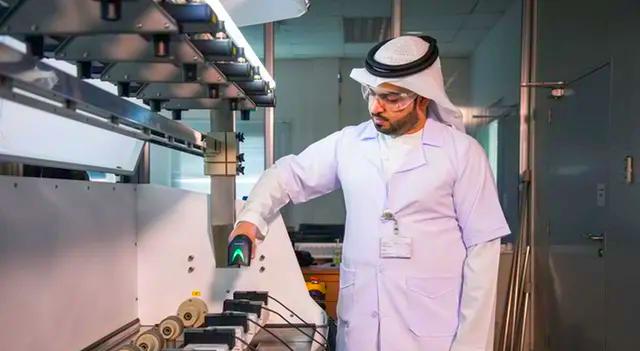
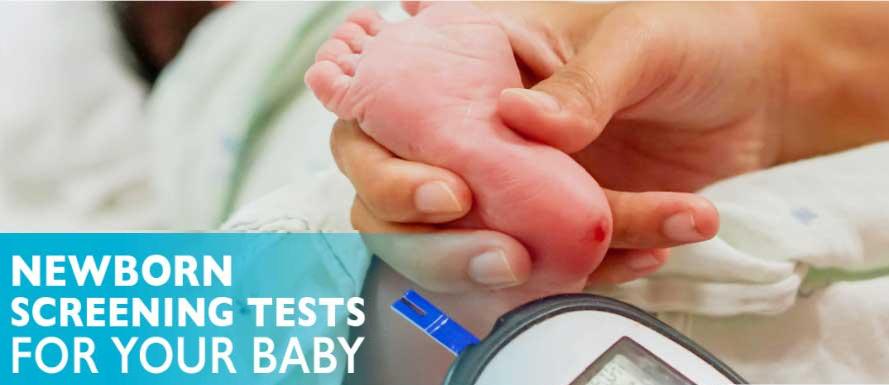
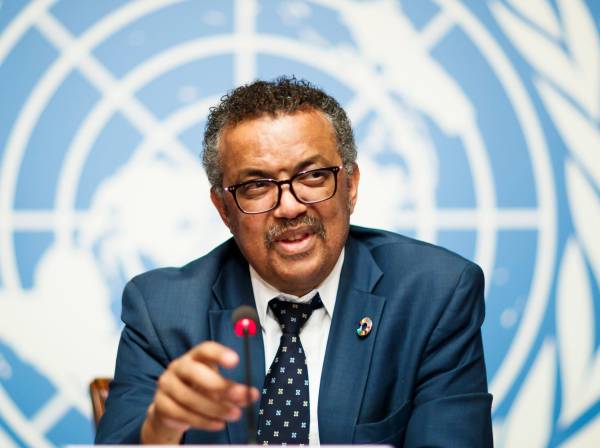
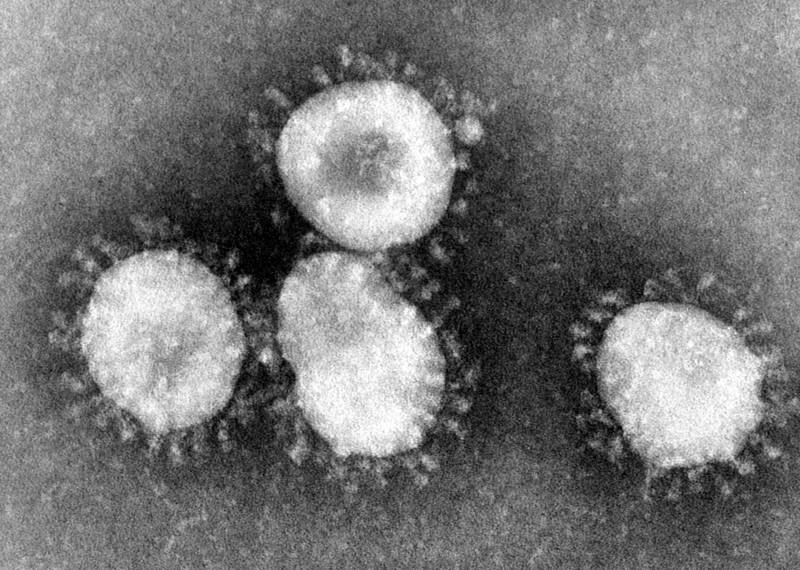

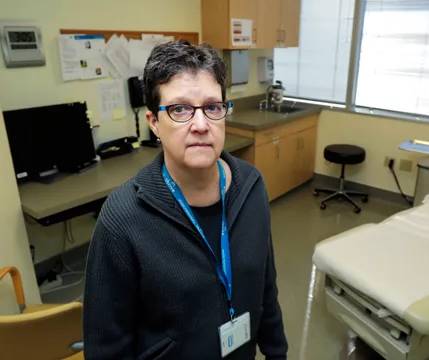

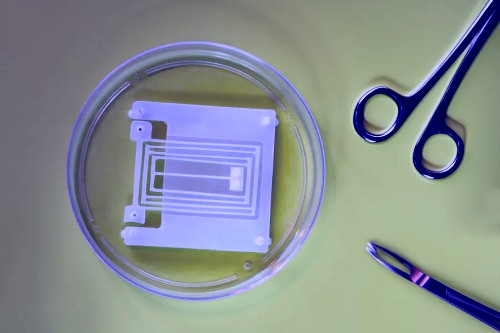
Post Comment
You must be logged in to post a comment.